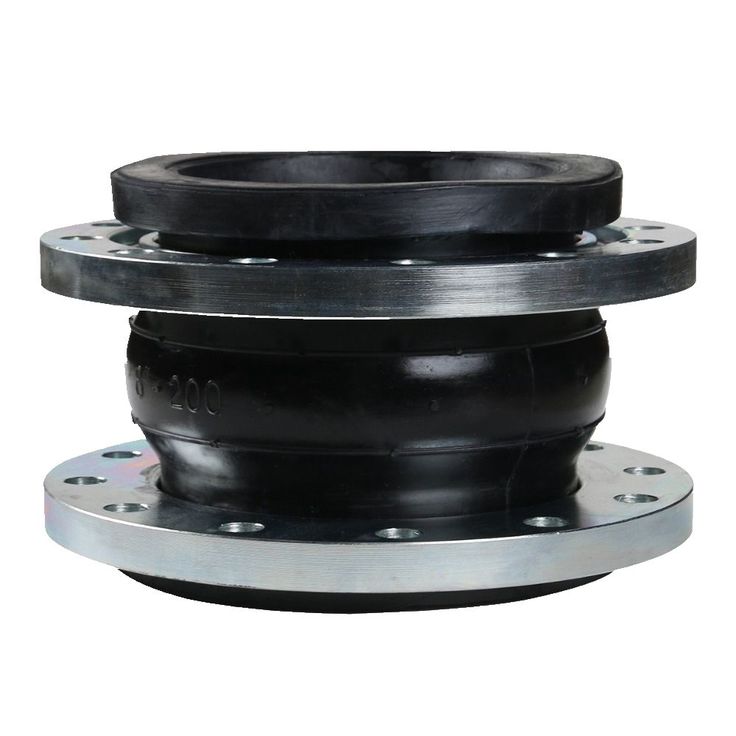pneumatically actuated butterfly valve
Pneumatically Actuated Butterfly Valve An Overview
A pneumatically actuated butterfly valve is a critical component in various industrial applications, designed to control the flow of fluids with efficiency and precision. The valve consists of a rotating disc or plate, which is mounted on a shaft. When the actuator applies air pressure, the disc rotates to open or close the flow path, allowing for effective regulation of the medium passing through.
Design and Functionality
The design of a pneumatically actuated butterfly valve is simplistic yet effective. The flat, circular disc is positioned within the pipeline and can pivot on a spindle that is centrally located in the pipe. Upon receiving air pressure from the actuator, the disc rotates 90 degrees from its closed position to an open position. This mechanism enables the valve to achieve a tight seal when closed, minimizing leakage and maximizing efficiency.
Pneumatic actuators are commonly used in conjunction with these butterfly valves due to their rapid response times and high reliability. Compressed air is the primary source of energy, which energizes the actuator and enables swift opening and closing of the valve. This feature is particularly advantageous in applications requiring quick adjustments to flow rates, such as in chemical processing, food and beverage production, and HVAC systems.
Advantages of Pneumatic Actuation
pneumatically actuated butterfly valve

One of the key benefits of using pneumatically actuated butterfly valves is their ability to handle large volumes of fluid with minimal pressure drop. The streamlined flow path reduces turbulence, allowing for efficient transfer of materials. Additionally, these valves are relatively lightweight and compact, making them easier to install and maintain compared to traditional valves.
Furthermore, pneumatic actuation offers enhanced safety features. In case of a power failure or emergency, many pneumatic systems can be designed to automatically return the valve to a predetermined safe position. This characteristic is essential in industries where hazardous materials are handled, ensuring that processes can be swiftly controlled or halted as needed.
Applications
Pneumatically actuated butterfly valves find applications across a wide array of industries. In the oil and gas sector, these valves are used for controlling the flow of crude oil, natural gas, and other petrochemicals. The water treatment industry employs these valves for managing flow rates in treatment plants. Additionally, the pharmaceutical and food industries utilize them for precise control in processes requiring stringent hygiene standards.
In conclusion, the pneumatically actuated butterfly valve is an indispensable tool in modern industrial applications. Its efficient design, rapid actuation, and reliable performance make it suitable for various fluid control tasks. As industries continue to evolve, the demand for such innovative solutions will undoubtedly increase, further highlighting the significance of this versatile valve technology.
-
The Key to Fluid Control: Exploring the Advantages of Ball Valves in Industrial SystemsNewsJul.09,2025
-
The Versatile World of 1, 2, and 3 Piece Ball ValvesNewsJul.09,2025
-
Stainless Steel Ball Valves: The Ideal Choice for Efficient Flow ControlNewsJul.09,2025
-
Optimizing Fluid Control with Ball Float ValvesNewsJul.09,2025
-
Manual Gate Valves: Essential for Control and EfficiencyNewsJul.09,2025
-
Everything You Need to Know About Butterfly ValvesNewsJul.09,2025
-
The Versatility of Wafer Type Butterfly ValvesNewsJul.08,2025




